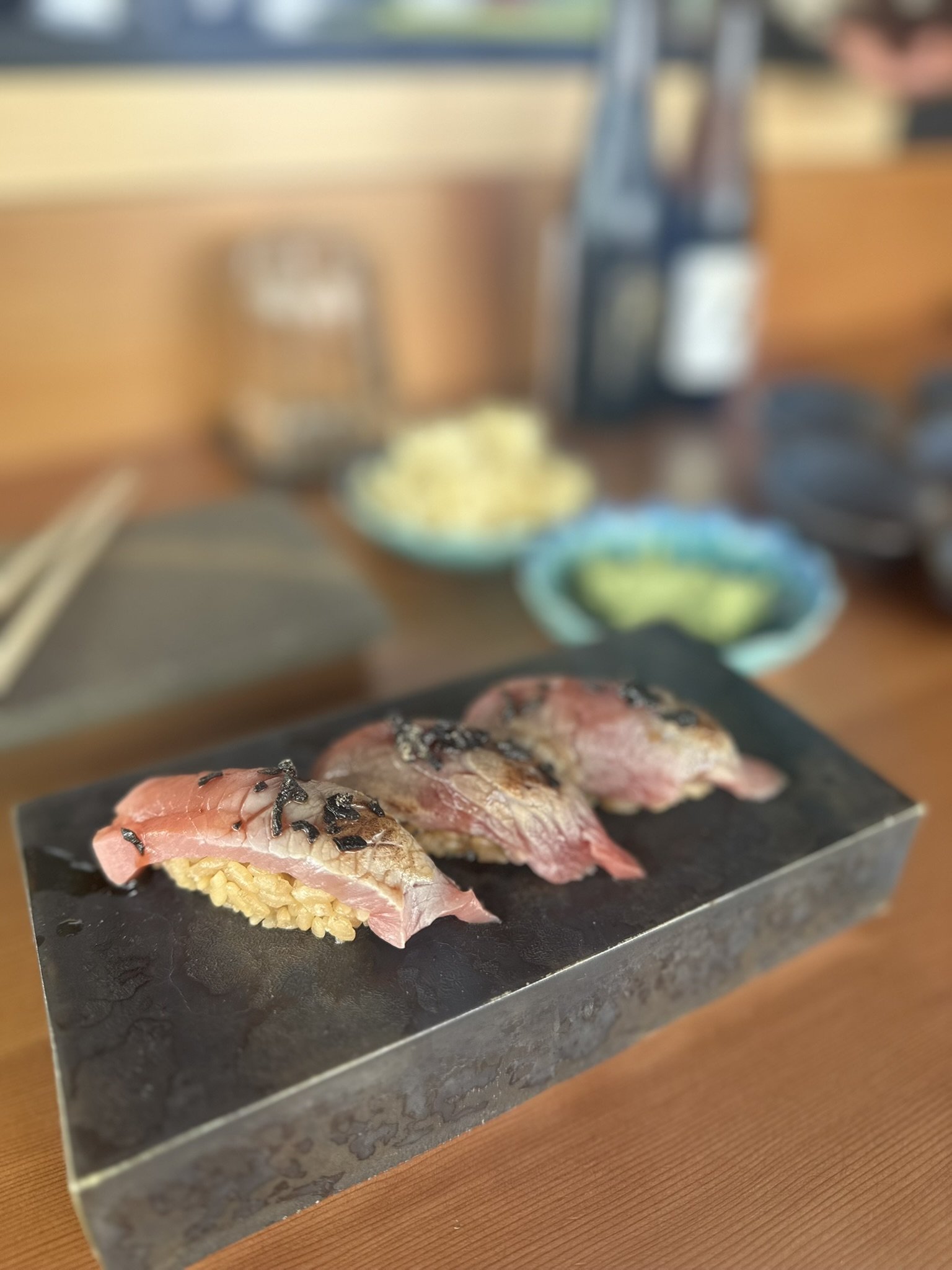Cooking Considerations
This isn’t the beef you’re used to. And that’s exactly the point.
Manzo’s fassone is a different species of experience. With virtually no intramuscular fat, minimal collagen, and finer muscle fibers than conventional beef, fassone cooks more like delicate veal or even firm white fish than any steak you've ever known.
The result? A fast-cooking, clean-tasting cut that reveals its best self in unexpected ways.
Cooking With Intention
-
A Different Tempo
Because of its unique physiology, fassone requires nearly 50% less cooking time than standard beef. There's also little to no rest time required post-cook; just sear, plate, and enjoy. Overcooking isn’t just a risk—it’s the fastest way to miss what makes this breed extraordinary.
-
Tradition Meets Technique
In Piemonte, connoisseurs treat fassone with reverence:
- Knife-minced, served raw with a whisper of sea salt and a drizzle of Ligurian olive oil
- Gently marinated in full-bodied Barolo or Barbera and slowly braised with juniper, rosemary, and cocoa (Brasato al Barolo)
- Finished in a searing-hot cast iron pan, rather than grilled, then crowned with another touch of olive oil
This isn’t a cut that hides behind smoke or sauce. Its flavor is clean, and luminous; it is meant to be adorned, not masked.
-
For Your Table
We encourage you to think of this not as beef, but as its own category—one best met with curiosity and care. For Italian flavor inspiration, try marinating with chopped sage, rosemary, sea salt, cracked pepper, and a splash of olive oil overnight. Or keep it minimal and let the flavor speak in its native tongue.







